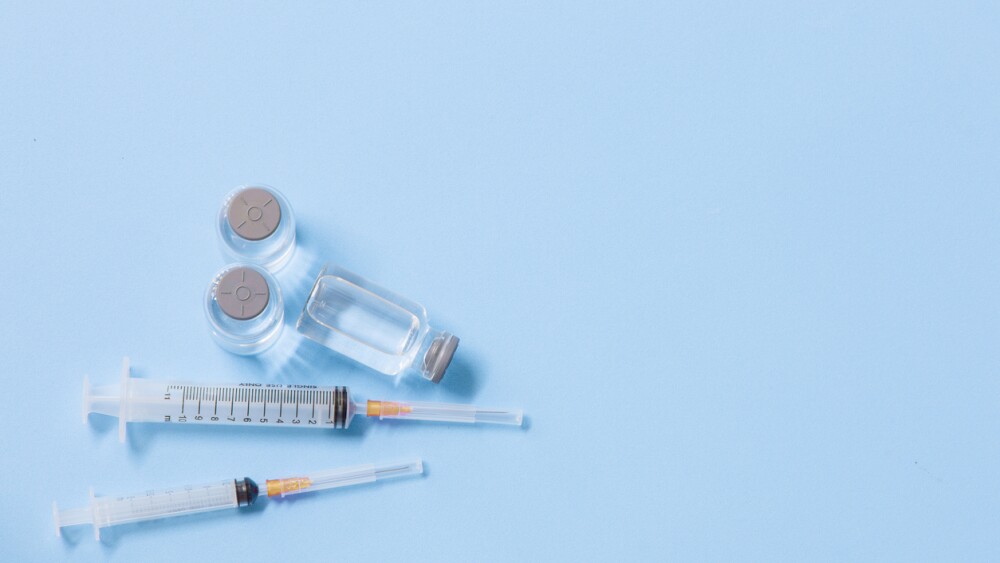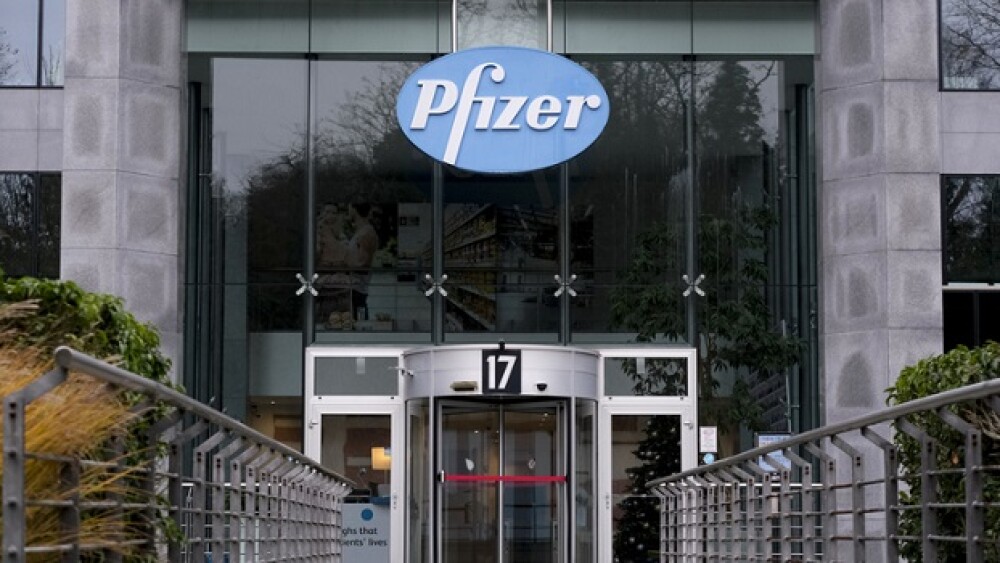EXTON, Pa., Oct. 22 /PRNewswire-FirstCall/ -- Isolagen(TM), Inc. presented today an analysis of results from the completed pivotal Phase III studies (Studies IT-R-005 and IT-R-006) of the Isolagen Therapy(TM) for the treatment of nasolabial folds, or wrinkles. Both studies, conducted under a U.S. Food and Drug Administration (FDA) Special Protocol Assessment (SPA), reported statistically significant results meeting all primary endpoints. The analysis was presented today in a company webcast. Please visit www.isolagen.com for the complete audio and slide presentation.
"The full analysis of data from these pivotal safety and efficacy studies is very exciting and further supports the potential of Isolagen Therapy as an innovative treatment for wrinkles. In addition to improving the appearance of wrinkles, the effects of Isolagen Therapy in the studies were observed to build over time, which may allow for gradual rejuvenation of the skin," said Stacy R. Smith, M.D., study investigator and Assistant Clinical Professor, Division of Dermatology, University of California San Diego. "There is a growing demand for minimally invasive procedures that rejuvenate the skin."
The Isolagen Process(TM) is a proprietary cellular processing system that creates a natural, living cell therapy. By multiplying a person's own collagen-producing cells, or fibroblasts, into tens of millions of new cells, a personalized treatment is created that is then returned to the person's skin. This first-of-its-kind aesthetic treatment, known as Isolagen Therapy, is designed to improve skin damage caused by the normal effects of aging, sun damage, acne and burns.
"We are very pleased with the analysis of our Phase III pivotal studies, which highlights the potential of Isolagen Therapy to provide a unique treatment paradigm in the field of medical aesthetics," said Declan Daly, President and Chief Executive Officer of Isolagen. "These significant results from our pivotal wrinkle trials confirm our belief that Isolagen Therapy has the potential to become the first ever autologous cell therapy product to treat wrinkles, and may one day be positioned similarly for additional clinical applications including acne scars and burn scars."
Study 005 and 006 Data Analysis Highlights
The pivotal, Phase III placebo-controlled studies investigating the efficacy and safety of Isolagen Therapy for the treatment of nasolabial folds, or wrinkles, evaluated a total of 421 people at 13 clinical sites across the United States. Results from both studies were statistically significant for the co-primary endpoints assessed at Visit 6.
In Study IT-R-005, both the Evaluator and Patient evaluations met the co- primary endpoints and were statistically significant, achieving p values of <0.0001 and 0.0001, respectively. In Study IT-R-006, statistical significance was also achieved for both primary efficacy endpoints, achieving p values of 0.0075 and <0.0001 for the Evaluator and Patient evaluations, respectively.
Studies IT-R-005 and IT-R-006 were identical Phase III, double-blind, randomized placebo-controlled studies that were conducted under a SPA agreement with the FDA. The primary efficacy endpoints were required to be co-primary endpoints comprised of a Subject Assessment Scale and an Evaluator Assessment Scale (the Lemperle scale). Under the SPA, a two-point improvement on both scales was required to demonstrate efficacy of Isolagen Therapy as compared to placebo.
The Subject assessed response rates for studies IT-R-005 and IT-R-006 were 57 percent (Isolagen Therapy) versus 30.1 percent (placebo) and 45.5 percent (Isolagen Therapy) versus 17.6 percent (placebo) in the Intent to Treat (ITT) populations, respectively. The Subject response rates for the Modified Intent to Treat (MITT) population, those subjects who received at least one of three treatments, were 68.7 percent (Isolagen Therapy) versus 33.7 percent (placebo) and 51.0 percent (Isolagen Therapy) versus 19.2 percent (placebo) in IT-R-005 and IT-R-006, respectively.
Further, subject-assessed response rates scored as one-point improvements -- often the criteria for other aesthetic products -- were nearly 80 percent (Isolagen Therapy).
The occurrence of local adverse events was low in these studies, and events reported were mostly mild in nature and of short duration. In these studies, adverse events seen with Isolagen Therapy were similar to those seen in the placebo group.
"The results from these studies further support the hypothesis that Isolagen Therapy provides a well tolerated therapy for facial rejuvenation," concluded Dr. Smith.
The Phase III wrinkle studies were conducted under the FDA SPA regulations. The SPA process results in an agreement with the FDA that successful clinical trial results can form the basis of an efficacy claim for a marketing application. Although significant, the SPA does not guarantee approval of a BLA.
"We remain on schedule to file our BLA in early 2009," continued Declan Daly. "I am very proud of the Isolagen team as we continue to deliver on clinical milestones and work toward validating the promise of the Isolagen Therapy both in wrinkles and additional clinical applications, such as acne scars and burn scars."
About Isolagen, Inc.
Isolagen(TM), Inc. is an aesthetic and therapeutic company committed to developing and commercializing scientific advances and innovative technologies. The company's technology platform includes the Isolagen Process(TM), a cell processing system for skin and tissue rejuvenation which is currently in clinical development for a broad range of aesthetic and therapeutic applications including wrinkles, acne scars, burns and periodontal disease. Isolagen also commercializes a scientifically-advanced line of skincare systems through its majority-owned subsidiary, Agera(R) Laboratories, Inc. For additional information, please visit www.isolagen.com.
Isolagen Forward Looking Statements
All statements in this news release that are not based on historical fact are "forward-looking statements" within the meaning of the Private Securities Litigation Reform Act of 1995 and the provisions of Section 27A of the Securities Act of 1933, as amended, and Section 21E of the Securities Exchange Act of 1934, as amended. Forward-looking statements in this press release, include, without limitation, the ability of Isolagen Therapy to become the first ever autologous cell therapy product to treat wrinkles, and to be positioned similarly for additional clinical applications including acne scars and burn scars, and the ability of Isolagen to file its BLA in early 2009. While management has based any forward-looking statements contained herein on its current expectations, the information on which such expectations were based may change. These forward-looking statements rely on a number of assumptions concerning future events and are subject to a number of risks, uncertainties, and other factors, many of which are outside of our control, that could cause actual results to materially differ from such statements. Such risks, uncertainties, and other factors include, but are not necessarily limited to, those set forth under Item 1A "Risk Factors" in the Company's Annual Report on Form 10-K for the year ended December 31, 2007, as updated in "Item 1A. Risk Factors" in the Company's Quarterly Reports on Form 10-Q filed since the annual report. We operate in a highly competitive and rapidly changing environment, thus new or unforeseen risks may arise. Accordingly, investors should not place any reliance on forward-looking statements as a prediction of actual results. We disclaim any intention to, and undertake no obligation to, update or revise any forward-looking statements. Readers are also urged to carefully review and consider the other various disclosures in the Company's Annual Report on Form 10-K for the year ended December 31, 2007, as well as other public filings with the SEC since such date.
CONTACT: Mike Beyer of Sam Brown Inc., +1-773-463-4211, beyer@sambrown.com
Web site: http://www.isolagen.com/




